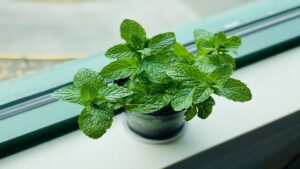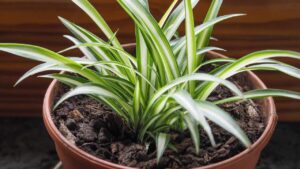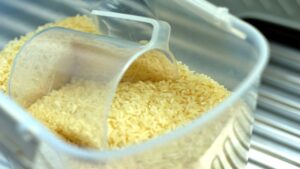Japanese Wasabi, a Plant with Strong Spicy Notes: Everything You Should Know
If you’re a lover of Japanese cuisine, you cannot fail to know wasabi, also known as Japanese radish, due to its unique shape. In reality, wasabi is a root often grated and used as a condiment for sushi and sashimi. This pungent green condiment not only adds a burst of unique flavor but also serves a crucial role in Japanese cuisine. Wasabi’s fiery kick clears the palate and enhances the taste of the fresh fish, creating a harmonious and delightful balance of flavors. Its antimicrobial properties also help ensure the safety of consuming raw fish. In essence, wasabi elevates the sushi experience, making each bite a culinary adventure.
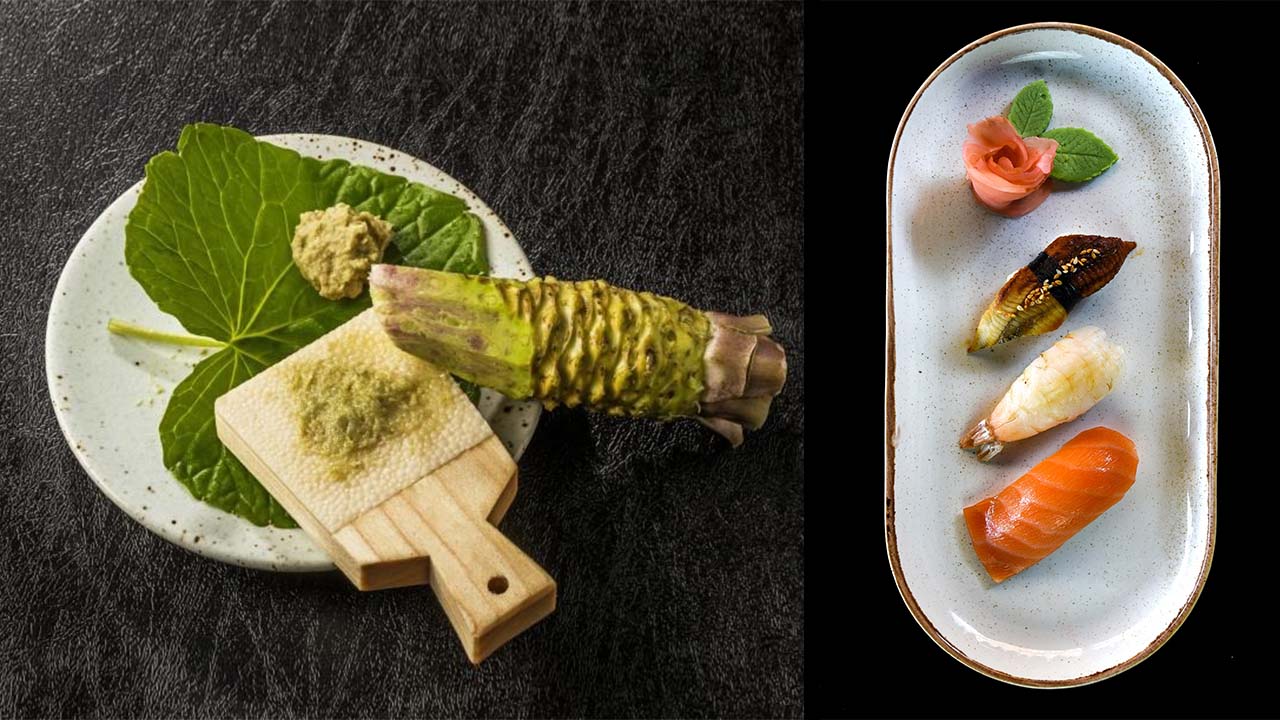
The taste of wasabi is often associated with chili pepper due to its spiciness, but it has a distinct and intense flavor. Its unique aroma can be described as a combination of mustard, horseradish, and cabbage. Wasabi is known to stimulate the appetite and improve digestion. It is also rich in vitamin C, potassium, calcium, and antioxidants, making it a health-beneficial condiment.
How to grow wasabi
Cultivating a wasabi plant is relatively simple. Just follow a few precautions. Wasabi thrives in temperate climates ranging from 45 to 75° F (7 to 24°C). It does well in shaded areas and requires well-drained soil rich in organic matter. Wasabi prefers slightly acidic soil with a pH between 6.0 and 6.8.
Wasabi plants do not tolerate direct sunlight, so it’s important to place them in partially shaded areas. Regarding watering, they require consistently moist soil and regular watering to thrive.
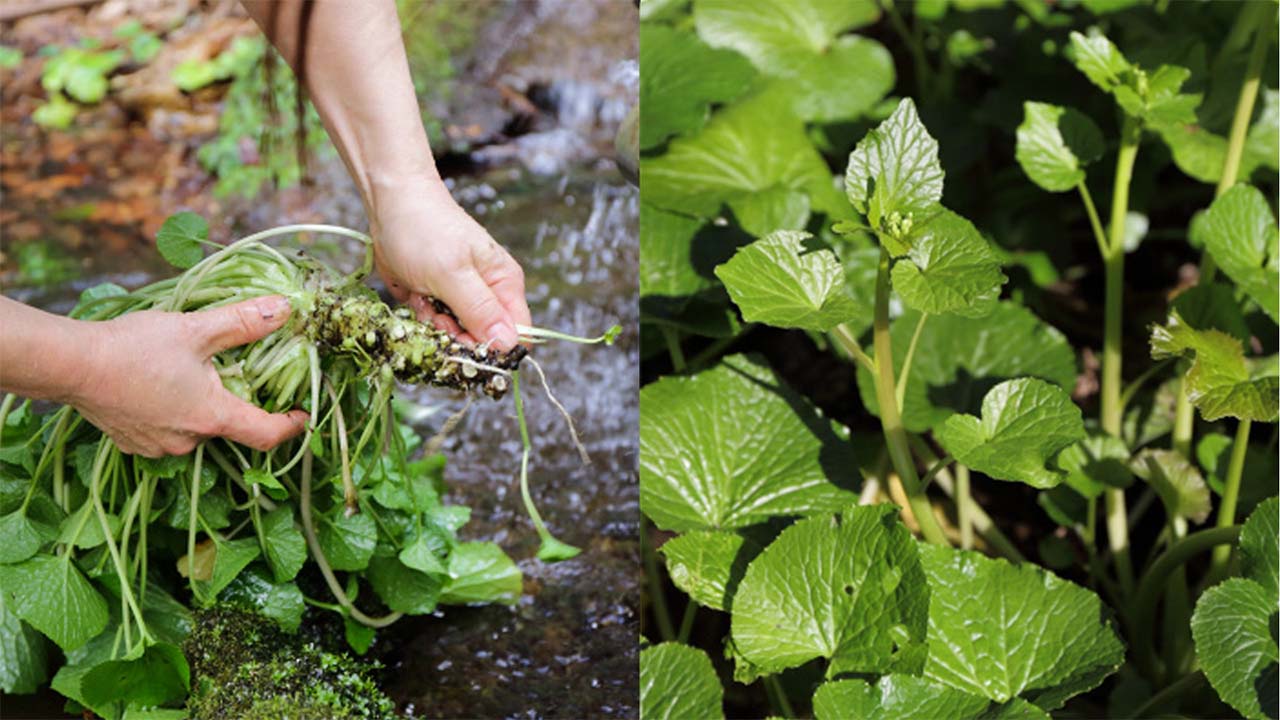
It takes about 2 years for the wasabi plant to reach maturity, and the ideal time to harvest the root is during the autumn season. Once collected, if you want to prepare wasabi sauce, simply grate the root to form a paste. To fully enjoy its flavor and aroma, it’s best to grate the root just before consumption. Alternatively, if you don’t have fresh wasabi root, you can purchase wasabi powder and mix it with water to make a paste.
When handling fresh wasabi root or wasabi powder, be cautious and avoid contact with your eyes, as its spiciness can cause inflammation. Additionally, consume the wasabi sauce in moderation, as it can be hotter than expected.
